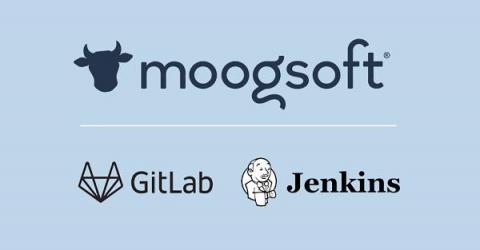Continuous Integration & Delivery @ Moogsoft: GitLab and Jenkins Integration
Introduction One of the SRE team’s goals at Moogsoft is to make sure our feature teams have an easy path from local code changes to production. Changes rolling out to production mean new features, bug fixes, optimizations, and more, which translates into value added for our customers. In short, at Moogsoft we are all about making sure our product is continually evolving, and one way the SRE group helps is by building shared Jenkins functionality our engineers understand and can use quickly.











